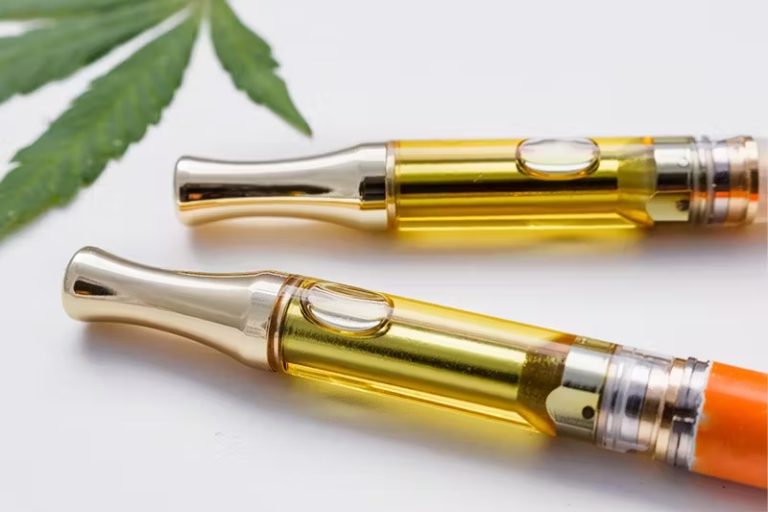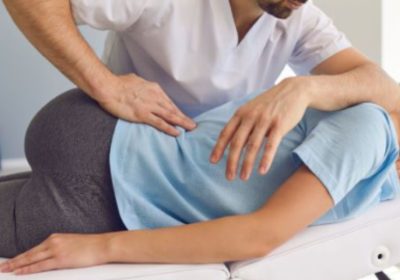
A look at treatments for spider veins in South Carolina
Spider veins are tiny and visible veins that look spider’s web on the skin’s surface. Medically, the condition is also known as telangiectasias. While a type of veinous disorder, spider veins are not the same as varicose veins, as the latter can cause considerable pain and discomfort. Typically seen in the legs, spider veins can be found anywhere in the body. For most patients who seek spider vein treatment in South Carolina, the concern is cosmetic more than anything else. In this post, we are discussing some relevant aspects that need your attention.
Knowing spider veins
When the valves inside a vein don’t work normally, it can cause the pooling of blood, which can cause veinous disorders. In some cases, spider veins could be an indicator of another condition, which is why it is primarily important to see a specialized doctor right away. There are several causes, including genetic factors, standing for long periods, pregnancy, obesity, age, and hormonal changes. Patients often don’t have any specific symptoms related to spider veins, while some may experience signs like itchiness, discoloration of the skin, swelling, and restless legs.
The initial consultation
It would help if you found a doctor in SC who specializes in treating venous disorders. They will start with an assessment and complete a physical exam of the targeted areas. They may also order a vascular ultrasound, which will help determine the extent of blood flow in the veins. You can also use the opportunity to ask relevant questions and discuss the best ways to treat the symptoms.
Common treatments for spider veins
- Sclerotherapy: Considered one of the oldest treatments for varicose and spider veins, Sclerotherapy involves injecting a saline solution into the veins, which causes the targeted veins to fade. Blood is naturally rerouted through other healthy veins.
- Clarivein: This is another treatment that involves using a flexible wire that’s inserted into the veins to deliver a sclerosing solution. The sclerosing solution irritates the blood vessels and causes the veins to collapse.
- Endovenous Techniques: Radiofrequency treatment for spider veins relies on sound waves. The treatment is minimally invasive and requires local anesthesia, and you should see significant changes within a few months.
In addition to the above, your doctor may recommend lifestyle modification and prescribe medicinal supplements that can help alleviate venous diseases.
Final word
You don’t have to feel conscious and scared about spider veins. The condition isn’t a serious one and can be treated easily.


















